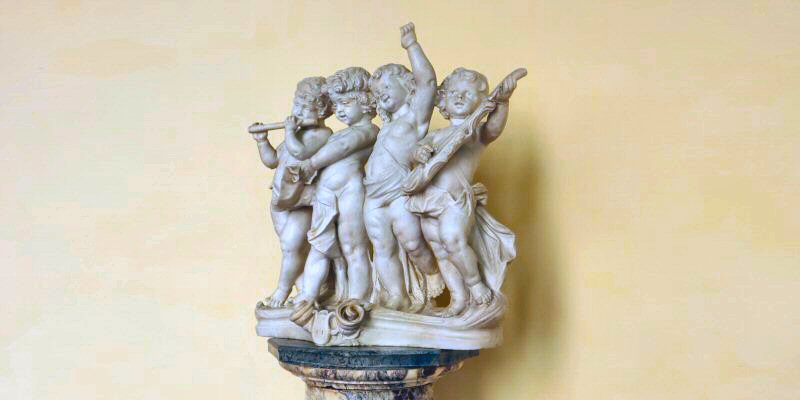

CHARITABLE
MARTÍN CALVO DE LA PUERTA Y
ARRIETA
In the 16th and 17th century, the
streets in Havana were not named officially by the city council;
instead, the inhabitants of the street were calling them
according to some characteristics of that street or according to
the name of any illustrious building or renown person living there.
This is the reason why some streets in Old Havana had more than
one name. The Casa de la Obra Pía, one of the most
distinguished mansions of the colonial time, was a building of
this nature that gave its name to the street where it had its
main façade. His owner Martín Calvo de la Puerta y Arrieta was a
captain in the Spanish army. When he settled to Cuba in the
first half of the 17th century, he bought this house from Maria
Leôn. Martín Calvo de la Puerta y Arrieta was one of the richest
men on the island. He became the mayor and the city councilor of
Havana.
In 1669, shortly before his death, Martín Calvo de la Puerta y Arrieta signed his testament by declaring that every year on the day of San José (March 19), five orphaned young Havana citizens, chosen by draw, would be granted by 1.000 pesos that would be used in marriages, so that “they would give strong and robust sons without losing honesty and modesty” with his own words. To this purpose, he endowed 102.000 gold pesos from his annual income. Obra pía means pious work or effort in Spanish; thus, the house, like the street, owes its name to the pious work, carried out by charitable Martín Calvo de la Puerta y Arrieta. His will was fulfilled until 1948.
THE BUILDING
When Casa de la Obra Pía was built in
1648, undoubtedly it was one of the noteworthy mansions of its
area. In the renovation process in 1665, two adjoining
properties were merged into one building. In 1771
the house was inhabited by Gabriel Maria de
Cárdenas y Santa Cruz, the second Marques de Cárdenas de Monte-Hermoso,
that expanded the mansion and decorated the house
with luxury details and ornaments in 1793. He added some
elements of the new Cuban baroque concept to the building, such
as the embocadura arch of the stairs, the arch in the lobby, the
baroque portico, carved in Spain, so that the current image of
the house became evident.
Towards the end of the 19th century, its period of splendor ended and the building deteriorated by passage of time. It became a classic Havana large tenement house where dozens of families lived together in small, divided rooms. In 1960s (1968-1970) some colored decorative friezes were discovered during the archeological excavations in the deteriorated building, so that it became the oldest known property with mural decorations. The restoration that started in 1981, was completed in 1983, so that the same year the building was inaugurated as Museo Casa de la Obra Pía. Since 1994 it is also the headquarter of the institution of the Brotherhood of Embroiders and Weavers of Bethlehem that aims to rescue the ancient textile crafts.
The Casa de la Obra Pía is located on the Obrapia street #158, at its intersection with the Mercaderes street, between the San Ignacio and the Mercaderes streets.
